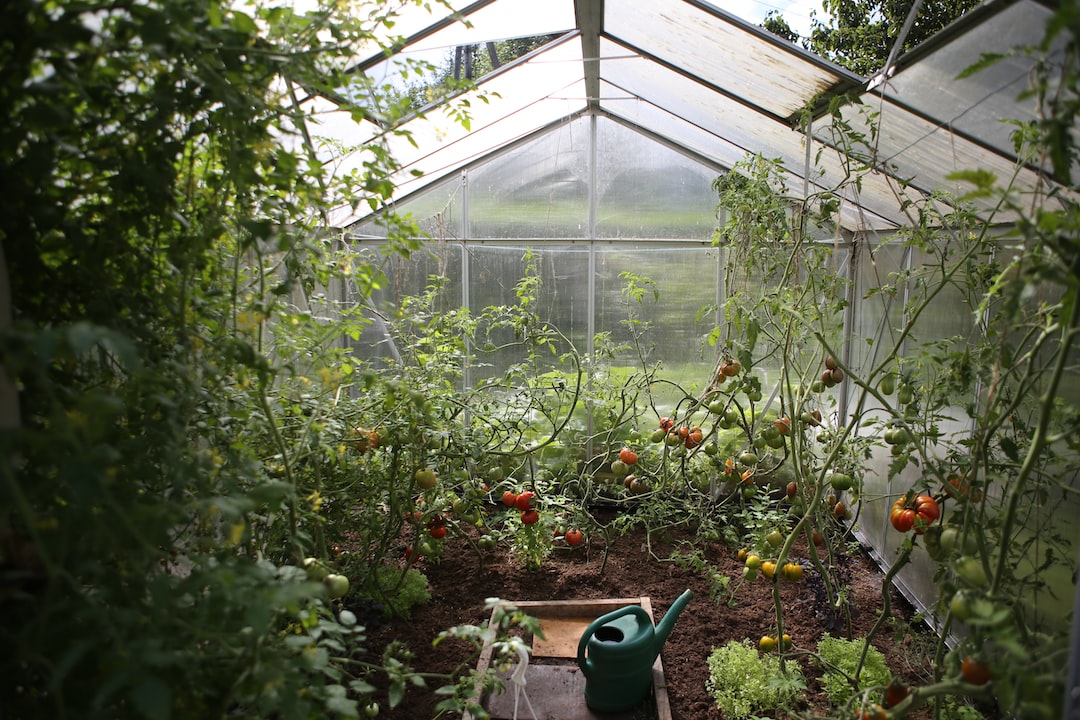The incorporation of lighting plays a significant role in the world of interior design. It is an essential element that can completely transform the atmosphere and visual appeal of any space. From residential homes to commercial establishments, well-planned lighting can enhance the overall aesthetics and functionality, making it an indispensable factor in creating a beautiful and practical design. In this article, we will explore the importance of lighting in interior design and how it can contribute to the creation of stunning and harmonious living spaces.
One of the primary reasons why lighting is crucial in interior design is its ability to set the mood and ambiance of a room. Different types of lighting, such as natural light, task lighting, and accent lighting, can create various effects and emotions. For example, soft, warm lighting can evoke a cozy and intimate atmosphere in a living room, while bright, white lighting can enhance focus and productivity in a home office or workspace. By strategically placing and adjusting the intensity and color of light fixtures, interior designers can manipulate the ambiance to suit the desired mood and function of each space.
Another aspect to consider in interior design is the visual appeal of a space. Lighting fixtures can act as statement pieces, not only providing illumination but also serving as decorative elements. Whether it is a sparkling chandelier in a dining room or a pendant light in a modern kitchen, well-designed lighting fixtures can add a touch of elegance and sophistication to any room. Along with the choice of fixtures, lighting can also emphasize architectural details, artwork, or specific design features. This layering of light can create depth and visual interest, accentuating the beauty of the space’s design.
Functionality is an essential aspect of lighting in interior design. Properly illuminated areas can improve safety and comfort, making a space more practical and usable. Task lighting, for instance, can ensure that specific areas, such as kitchen countertops or bathroom vanities, are adequately lit for their intended purposes. Indoor lighting can also contribute to energy efficiency by using energy-saving bulbs and utilizing natural light sources whenever possible, minimizing the need for excessive artificial lighting during the daytime.
In conclusion, the role of lighting in interior design cannot be underestimated. It affects the mood, atmosphere, functionality, and visual appeal of a space. By choosing the right lighting fixtures, adjusting the intensity and color, and considering the overall design, interior designers can create beautiful and harmonious living environments. Whether it is a well-designed residential home or an aesthetically pleasing commercial establishment, lighting is truly an essential component in the creation of stunning and practical interior designs. So, when considering a beautiful home design (thiết kế nhà đẹp), never forget the significant impact that lighting can have on the overall aesthetics and functionality of your space.
************
Want to get more details?
NADA Design Studio
https://www.nadadesignstudio.com/
070 390 0540
Tư vấn thiết kế nội thất

